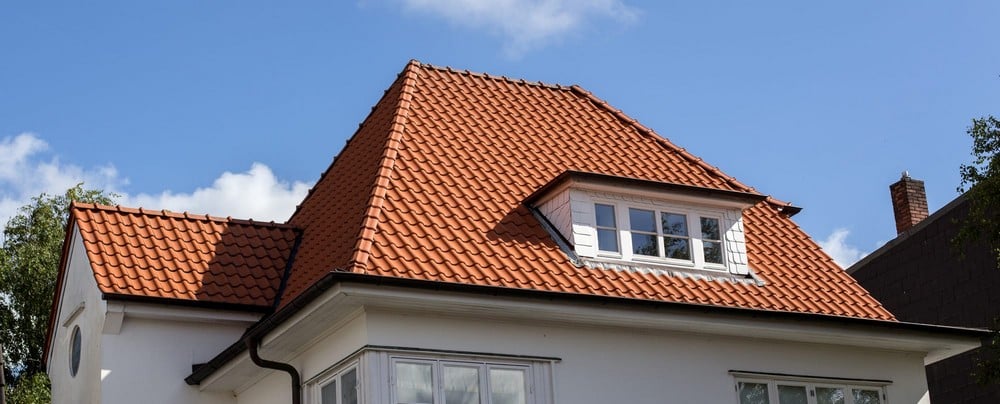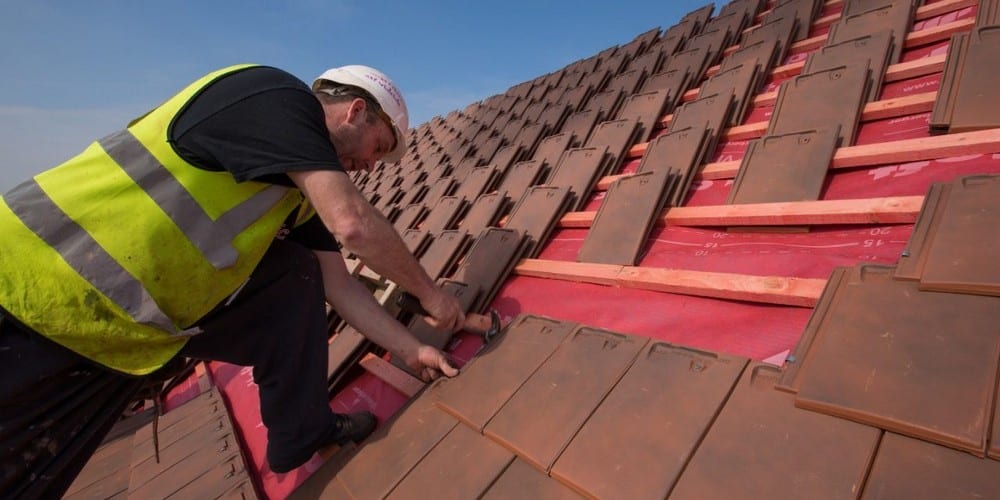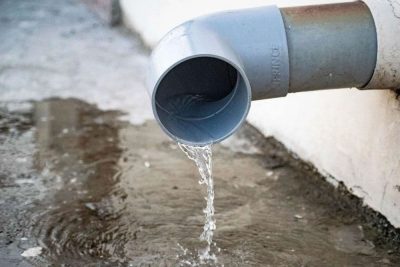
In today’s world, energy efficiency is more important than ever. As homeowners become increasingly aware of their environmental impact and seek ways to reduce utility bills, the focus has shifted to how every aspect of our homes contributes to energy consumption. One crucial yet often overlooked component is the roof. Roof tiles play a significant role in enhancing a home’s energy efficiency, making them a smart investment for any homeowner looking to save money while being eco-friendly.
The Role of Roof Tiles
Roof tiles are more than just a protective covering for your home; they significantly influence how much energy your home uses. A well-designed roof can help regulate indoor temperatures by minimizing heat transfer. When a roof effectively reflects sunlight and retains warmth in the winter, it eases the burden on heating and cooling systems, resulting in energy savings throughout the year. To view quality roof tiles in the UK, head to JJ Roofing Supplies.
Types of Roof Tiles and Their Energy Efficiency
Clay and Concrete Tiles
Clay and concrete roof tiles are known for their impressive thermal mass properties. This means they can absorb heat during the day and release it at night, helping to maintain a stable indoor temperature. This feature is particularly beneficial in climates with significant temperature fluctuations, as it reduces the need for artificial heating and cooling.
Metal Roof Tiles
Metal roof tiles are increasingly popular due to their reflective properties. They bounce back sunlight, which helps to keep homes cooler in warmer climates. By reducing heat absorption, metal roofs can significantly lower the demand for air conditioning, making them an energy-efficient choice for many homeowners.
Slate Roof Tiles
Slate roof tiles are not only aesthetically pleasing but also incredibly durable. They have a long lifespan and can provide excellent insulation, which translates to energy savings over time. Their natural density helps keep homes warm in the winter and cool in the summer, making them a solid investment for energy-conscious homeowners.
Energy-Efficient Roof Design
When it comes to energy efficiency, roof design matters. The pitch and orientation of your roof can impact its performance, alongside the choice of roof tiles. Proper ventilation is also crucial in maintaining a balanced temperature throughout the home. By considering these factors during the design and installation process, homeowners can maximize the energy efficiency of their roofs.
Local Climate Considerations
Your local climate should significantly influence your choice of roof tiles. In regions with extreme weather conditions, selecting tiles that can withstand temperature fluctuations and harsh elements is essential. By understanding how different materials perform in various climates, homeowners can make informed decisions that enhance their home’s energy efficiency.
Long-Term Cost Savings
Investing in energy-efficient roof tiles can lead to long-term cost savings. While the initial investment may be higher, the reduction in energy bills over time can quickly offset these costs. Additionally, energy-efficient roofs can increase your home’s resale value, making them a wise investment for the future.
Knowing When to Replace Your Roof Tiles
They Are Old
Roof tiles can last for many years, but, like everything else, they have a lifespan. If you have a traditional property and the roof tiles have never been replaced, this could be a sign that the time is approaching. Generally, you’ll be able to tell by looking at them if they’re damaged and aging badly. It’s best to replace them at this point before you experience bigger problems.
There Is Water Damage
A big sign that something is wrong with roof tiles is if there’s water damage in your home. For example, you might have stains on the ceilings from where water has entered. This can indicate that you have a problem with a few roof tiles and that you should replace them. Water damage is something you can’t ignore. It can lead to mould and mildew, which cause issues for your health.
You Can See Cracks and Gaps
Many homeowners ignore their roofs, but it’s important to keep an eye on things because you can often spot issues before larger problems happen. For example, if you see gaps appearing between tiles or cracks on the tiles themselves, it’s time to act. You should replace them to ensure that they don’t expose your roof to damage. Remember, they have the job of protecting the structure. If they’re not intact, this can cause expensive problems.
Conclusion
In summary, roof tiles play a crucial role in enhancing a home’s energy efficiency. By understanding the different types of roof tiles available and their unique benefits, homeowners can make informed choices that lead to comfort, savings, and a reduced environmental impact. If you’re considering upgrading your roof, take a moment to assess your current materials and think about how energy-efficient roof tiles could transform your home for the better.









